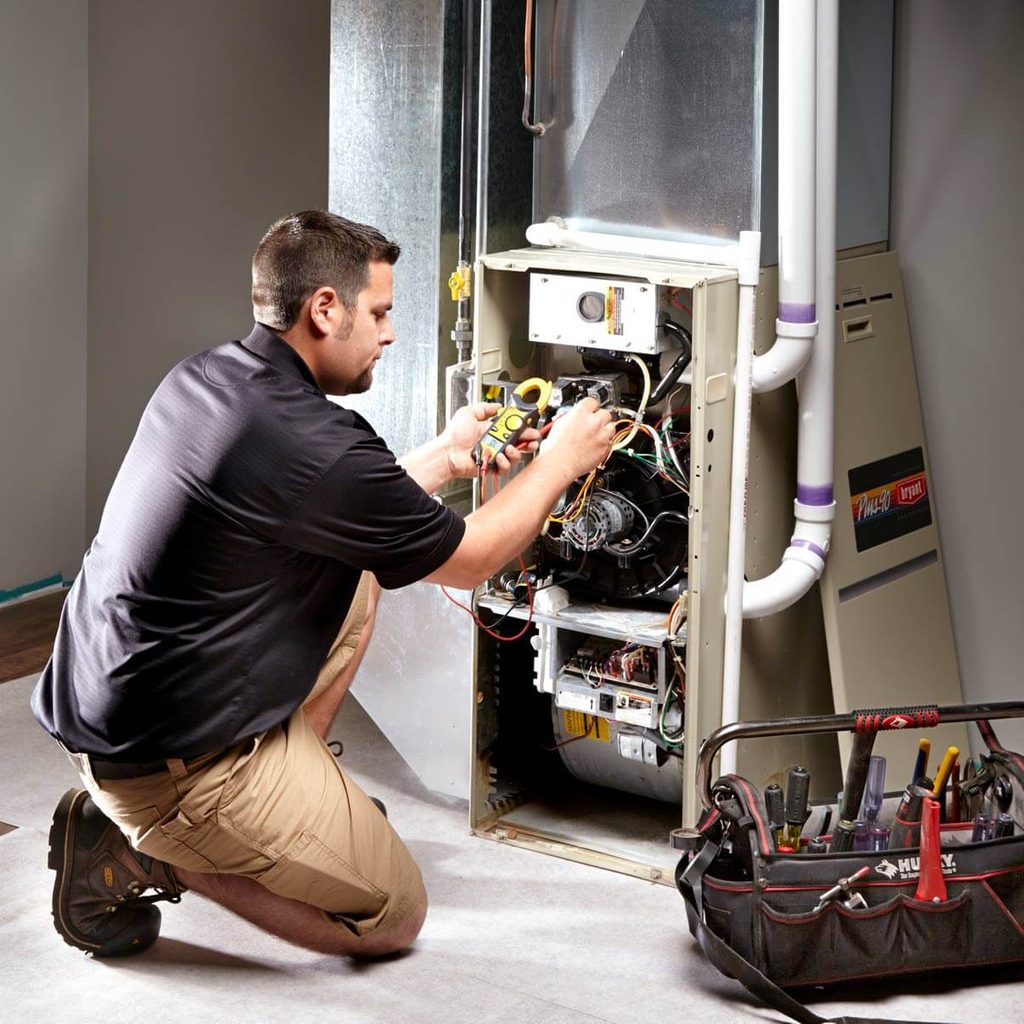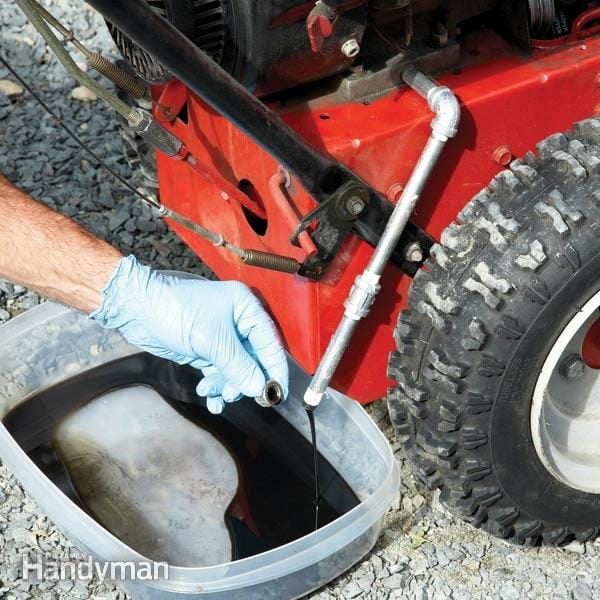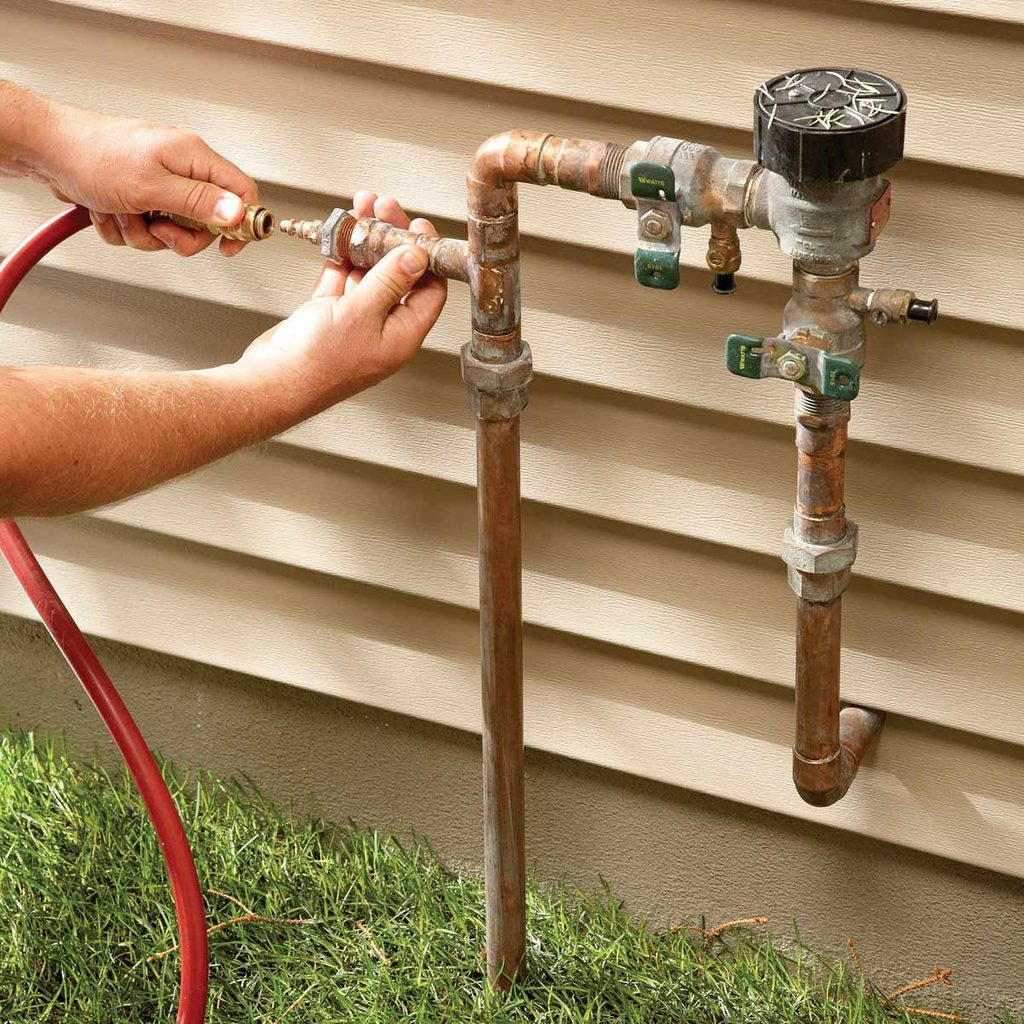Have you been putting off winterizing your home? Here are a few small-ish items that you can probably accomplish in a weekend that will save you money and give you peace of mind.
Winterize a House in One Weekend

On This Page
Why You Should Winterize Your House
It’s important to winterize your house each year to save on heating costs and prevent potential damage to your furnace, plumbing and roof. Plus, you can keep your house safe by preventing falling ice or falls on ice.
When to Winterize Your House
Winterizing your home is a process, but you should wrap up any outdoor work in the fall before it gets too cold and dangerous to work outside. Start checking your snow removal equipment as you winterize your lawn. You can tackle the indoor projects last.
Home Winterization Checklist
Furnace Tune-Up

This one’s easy. All you have to do is call to your HVAC professional and schedule a time for them to come out. An annual tune-up keeps your furnace running efficiently. If you’re handy, you can do some furnace maintenance yourself.
Check Your Plumbing
Do you have any plumbing in a cold basement or unheated crawlspace? This might not be top-of-mind when you consider how to winterize your home, but it is important as the temperature drops. Wrap these pipes with pipe insulation, including heat cable under the insulation, to avoid frozen or burst pipes.
Check for Air Leaks
If your house feels drafty, check the weather-stripping around doors. It might be time to replace it.
Prevent Ice Dams
Making sure attic vents are clear and install heat cable on the roof to help keep ice dams from forming. Ice dams can cause a large amount of damage if left unchecked.
Check Your Roof
Loose or missing shingles invite roof leaks due to melting snow. This can be done with a quick visual inspection. Repairing issues is something best left to the pros.
Add Insulation
An extra layer of insulation in attics or crawl spaces can pay huge dividends in energy savings. Blown-in insulation is the best bet here. You can hire a company to do it for you or you can rent the equipment from some home improvement stores.
Clean Gutters
Leaves and debris in gutters and downspouts restricts the flow of water from melting snow. This leads to ice build-up in the gutters and eventually ice dams. It’s good to get these cleaned out before winter hits. Just make sure to do it after most leaves have fallen from your trees, otherwise you’ll have to do it again.
Get Your Snow Blower Ready

The first blizzard is not the time to make sure your snow blower is in good working order. A warmer fall day is a great time to start up your snowblower, make sure it has gas and the engine oil is good to go. Air up the tires if your model has pneumatic ones.
Stock up on Salt and Sand
When thinking about how to winterize your home, consider the safety of the people using your sidewalks. Be ready with salt or a DIY ice melting compound and sand for traction.
Other Home Winterizations
Don’t forget to winterize any of the things below if you have them at your home:
Winterize Your Car
Prepare your car now for cold weather and snow and avoid winter emergencies with these winter car care tips. This list will help you avoid no-starts, frozen doors and windows, engine freeze-up and accidents. You can check, lube and replace most of these items yourself in less than an hour. (For more check out these must-do tasks to winterize your car.)
Winterize an In-Ground Pool
It’s important to winterize your pool for the colder months, especially if temperatures in your area drop near or below freezing.
Winterize a Sprinkler System

Sprinkler systems need the water blown out of them before winter freeze-up. If you have an air compressor you can DIY and save on the service fee. Save big bucks by blowing out the sprinkler system yourself.
Winterize Your Boat
Don’t pay the marina $150 or more every fall to winterize your boat. Learn how to winterize a boat yourself and save some dough. We brought in marine mechanic Sam Kelley to guide you through the process and share his expert tips for winterizing a boat.
Flush a Water Heater

Have you flushed your water heater lately? This important chore should be done at least once a year to remove sediment that accumulates on the bottom of the tank. That’s especially true if you live in a hard-water area.
The task is easy to ignore because it’s out of sight, but built-up sediment reduces the heating efficiency of your water heater and costs you money. Learn how to drain water heater fluid and get your water heater running like new.



















